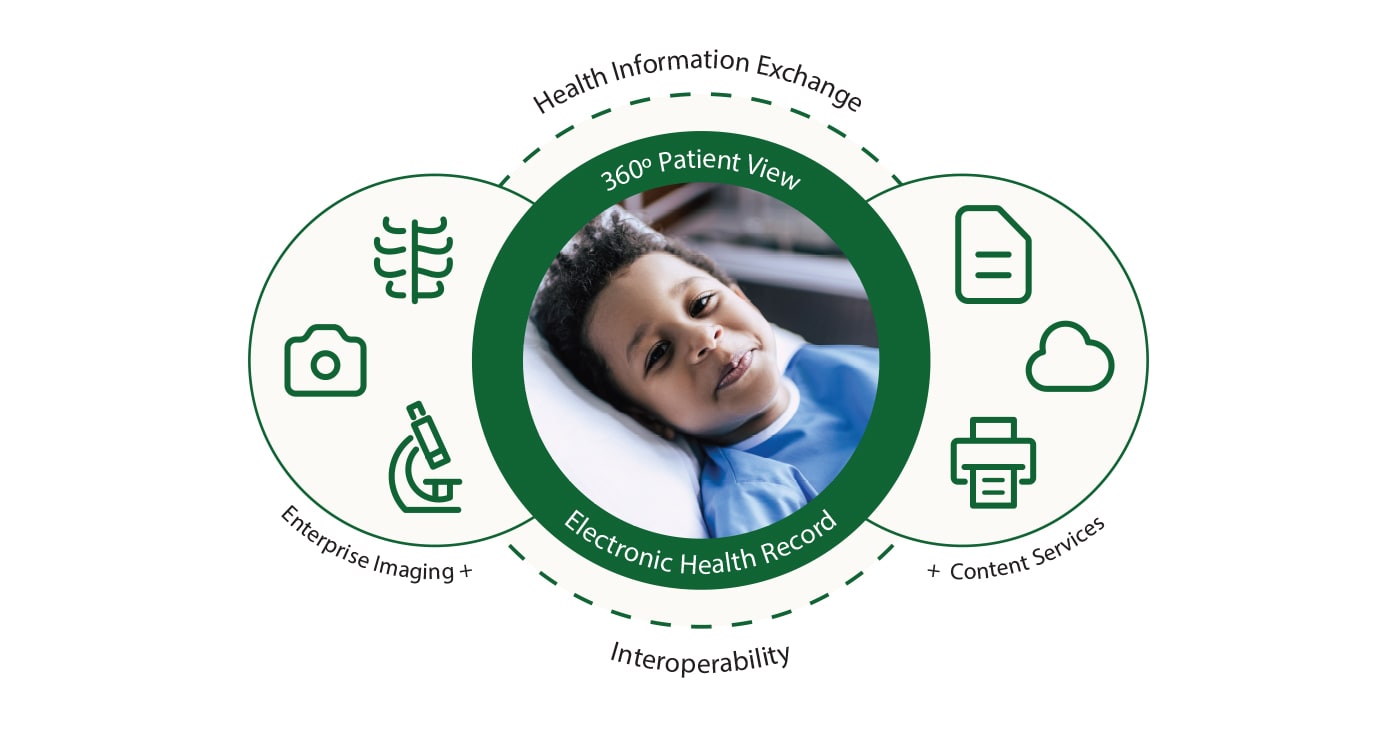A Comprehensive Guide on Exactly How Health Care RCM Works to Simplify Invoicing and Collections
Browsing the complexities of healthcare earnings cycle administration (RCM) is important for carriers aiming to boost their invoicing and collections procedures. The guide unboxes the ins and outs of RCM, from patient enrollment to accounts receivable management, supplying insights right into optimizing each step. Incorporating advanced innovation and standardized procedures can dramatically decrease case denials and speed up payment cycles. Yet, the true obstacle depends on effortlessly combining these elements to improve capital. As we explore the core elements and strategies that drive efficiency, one question remains: just how can medical care entities finest placement themselves to flourish economically in an ever-evolving market?
Comprehending Earnings Cycle Monitoring
RCM is a vital administrative function that incorporates the whole financial procedure of individual care, from the initial appointment establishing to the final settlement of the equilibrium. It is a complex treatment created to identify, accumulate, and manage the earnings from the services given to individuals.
The RCM process starts when a client schedules a consultation and prolongs via the individual's care journey, consisting of invoicing and collections. A key purpose is to decrease the time in between giving a solution and getting payment, hence enhancing the company's financial wellness. RCM includes numerous features such as client enrollment, insurance coverage confirmation, charge capture, coding, asserts entry, payment uploading, and handling denials and allures.
Secret Elements of RCM
In the realm of Income Cycle Monitoring (RCM), understanding its essential parts is fundamental to accomplishing monetary performance within healthcare organizations. RCM is a thorough process that includes various phases, each vital to making certain effective invoicing and collections. The main elements consist of patient registration, insurance coverage confirmation, cost capture, coding, case entry, settlement uploading, and accounts receivable management.


Once coded, claims are submitted to payers, where accuracy is vital to stay clear of hold-ups or rejections - Healthcare RCM. Payment publishing includes taping the obtained settlements, which permits the settlement of accounts. Last but not least, accounts receivable administration focuses on tracking and addressing unpaid insurance claims, guaranteeing timely follow-up and resolution
Each component of RCM is adjoined, and inadequacies in any kind of component can interfere with the whole cycle. As a result, grasping these aspects is necessary for health care providers to maximize earnings and improve their monetary health.
Strategies for Reliable Invoicing

Standardizing payment procedures across the company is one more essential strategy. Developing clear guidelines for documentation, coding, and entry assists maintain uniformity and compliance with governing demands. Training team regularly on these treatments makes sure everyone is current with the most current changes in billing codes and payer policies.
Accurate fee capture is important in avoiding earnings leakage. Implementing routine audits and monitoring systems enables the identification and improvement of discrepancies prior to they affect profits. Additionally, keeping open lines of communication with payers assists to promptly fix any disagreements or misunderstandings that might develop.

Last but not least, interesting people early in the payment procedure by offering clear estimates and educational products regarding their monetary responsibilities can significantly reduce complication and improve payment timeliness. These approaches jointly contribute to an extra effective and economically healthy payment system.
Enhancing Collections Processes
A durable collections process is essential for preserving economic stability within medical care organizations. Offered the complexities of clinical billing and the selection of payer demands, boosting the collections process entails executing critical measures that make sure prompt and accurate payment of services made. Central to this is using technology to automate and enhance procedures, reducing hands-on mistakes and boosting performance. Automation devices can assist in tracking insurance claim standings, sending out prompt pointers to people, and managing denials better.
Training staff to understand the nuances of insurance plan and billing codes is similarly vital. This knowledge empowers them to deal with billing discrepancies quickly and communicate properly with people concerning their financial responsibilities. Furthermore, clear and transparent individual communications are essential. Offering detailed descriptions of costs and using versatile layaway plan can increase person satisfaction and prompt repayments.
Normal audits of the collections process must be conducted to determine areas for enhancement and make certain conformity with regulations. By evaluating information, medical care organizations can identify fads, anticipate potential concerns, and adapt techniques accordingly (Healthcare RCM). Inevitably, a well-enhanced collections procedure not only sustains economic wellness but also contributes to a more seamless experience for clients and staff alike
Optimizing Revenue Streams
Building upon the foundation of a strong collections process, health care organizations can even more reinforce their financial security by purposefully enhancing earnings streams. This entails a multi-faceted method, starting with an extensive evaluation of existing profits resources to recognize inadequacies and locations for growth. Utilizing advanced data analytics devices allows organizations to acquire insights right into payer mix, client demographics, and solution usage patterns, permitting data-driven choices that boost income capture.
Implementing automated invoicing systems can over here substantially decrease errors and quicken insurance claims refining, making sure that profits is collected a lot more effectively. Furthermore, enhancing payer contracts with regular negotiations can improve compensation rates and terms, straight affecting the bottom line. Expanding service offerings, such as integrating telehealth or health care, can also bring in a wider individual base, thus boosting revenue possibility.
Another critical component is boosting patient engagement and contentment, as pleased clients are extra most likely to abide description by treatment strategies and make prompt payments. Supplying adaptable settlement options and clear invoicing methods can enhance collections and foster client loyalty. Healthcare RCM. By taking on these strategies, healthcare organizations can develop a much more resilient financial structure, guaranteeing continual growth and stability in an ever-changing sector landscape
Final Thought
In verdict, health care Income Cycle Management (RCM) plays an essential role in optimizing billing and collections procedures by integrating key parts such as patient enrollment, insurance verification, charge capture, coding, declares entry, and receivable monitoring. By employing innovative innovation, standardizing treatments, and cultivating client engagement, health care service providers can considerably minimize insurance claim denials, speed up repayment cycles, and enhance cash money flow. This detailed method to RCM ultimately causes improved economic performance and sustainability for healthcare organizations.
The RCM procedure starts when a patient see page schedules a consultation and extends via the individual's treatment journey, including invoicing and collections.An additional vital part is boosting individual interaction and contentment, as satisfied patients are extra most likely to adhere to treatment strategies and make prompt settlements. Providing versatile repayment choices and transparent payment methods can enhance collections and foster client commitment.In verdict, healthcare Income Cycle Administration (RCM) plays a crucial role in enhancing billing and collections procedures by incorporating vital parts such as individual registration, insurance policy confirmation, cost capture, coding, claims entry, and accounts receivable monitoring. By employing sophisticated technology, systematizing treatments, and fostering individual engagement, healthcare companies can significantly decrease case rejections, increase repayment cycles, and boost money circulation.